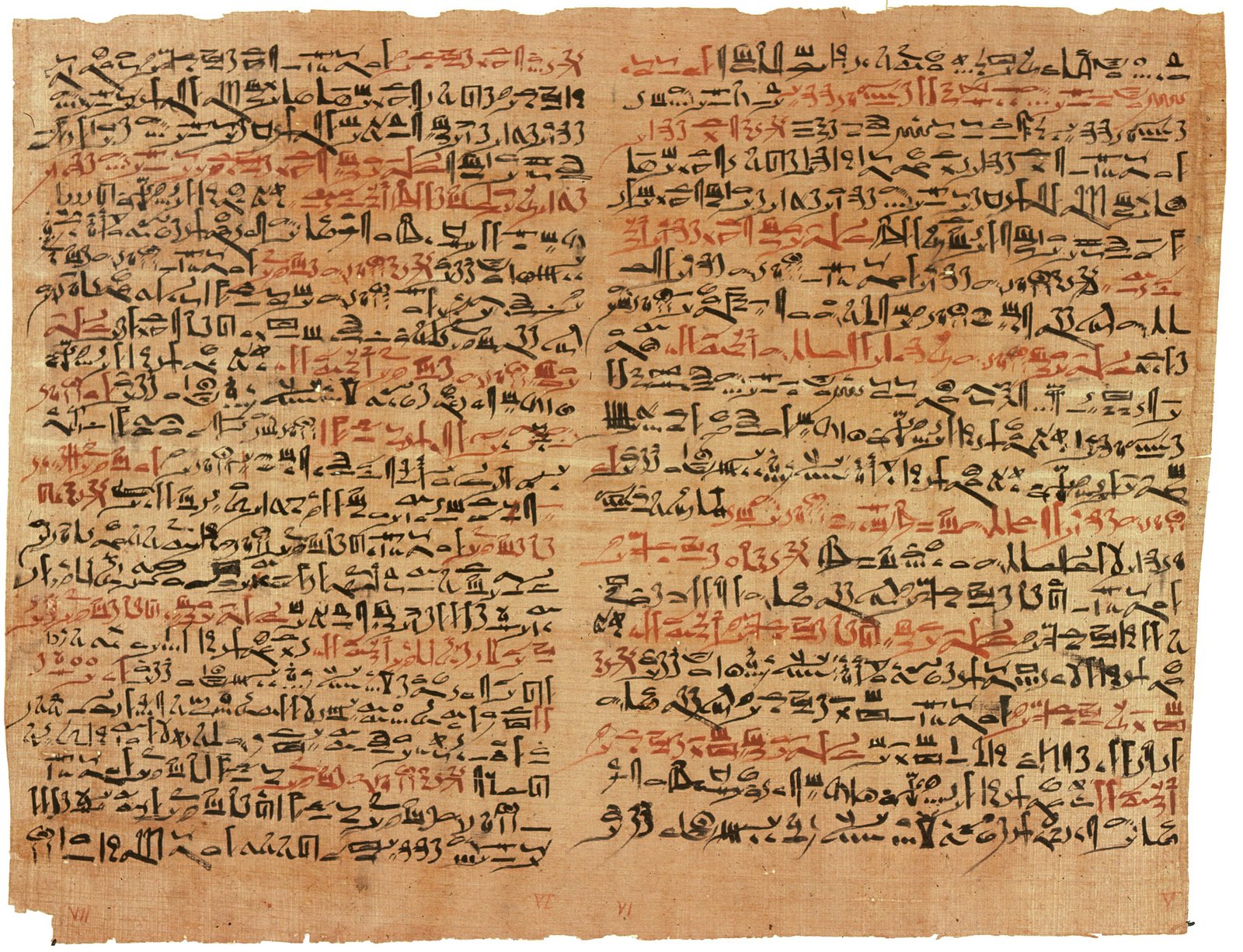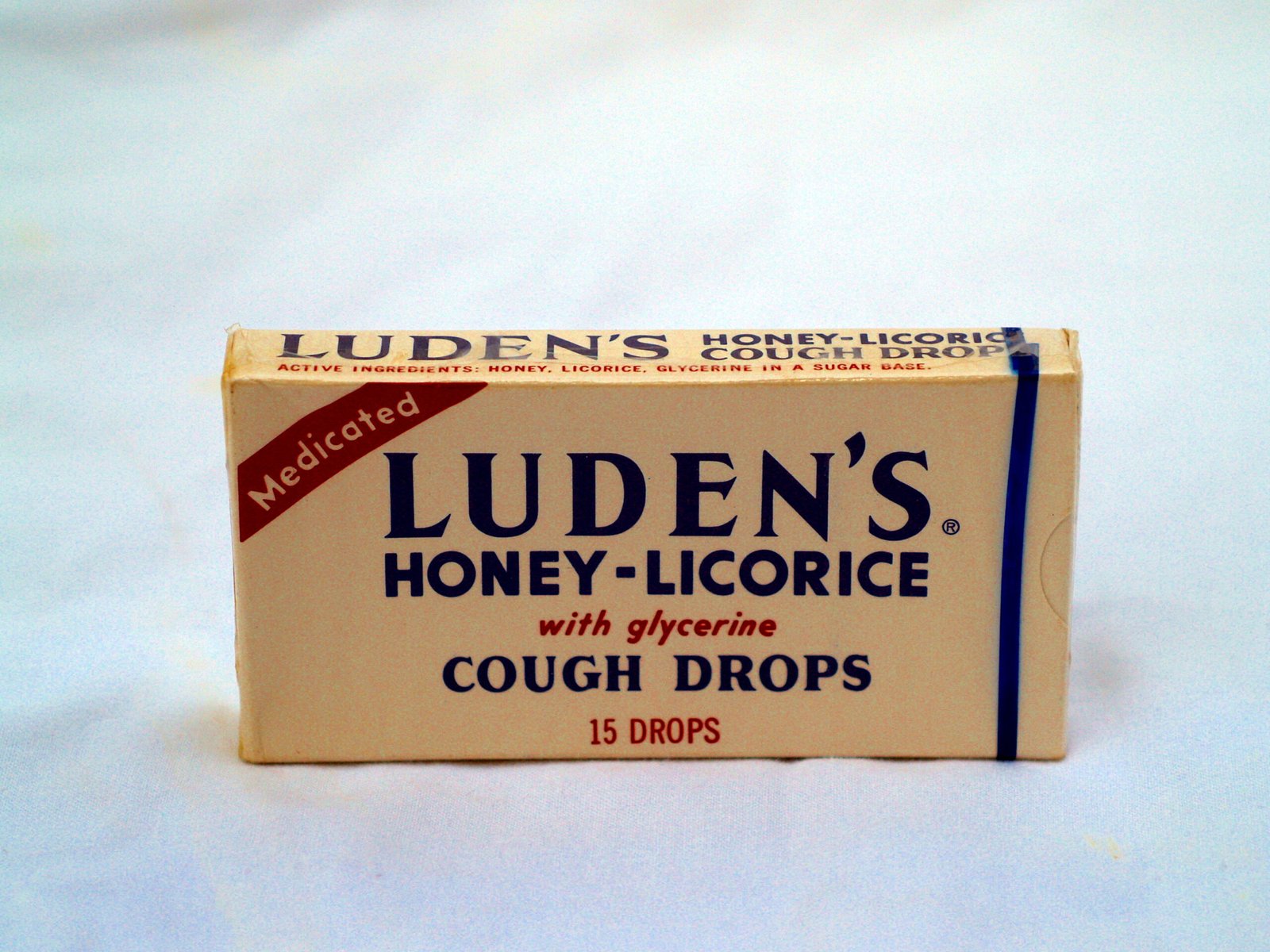It’s hard to imagine a time before modern medicine, when infections could turn a simple scratch into a deadly ordeal. Yet, thousands of years ago, ancient Egyptians wielded a golden, sticky weapon so powerful that even today scientists marvel at its healing force: honey. This isn’t just folklore or a grandmother’s home remedy—Egyptian honey was a cornerstone of ancient healthcare, with properties that defied belief and saved countless lives. Why did these early healers reach for honey in their darkest hours? The answer is as fascinating as it is sweet, blending nature’s alchemy with humanity’s ingenuity. Dive in to discover the astonishing science and enduring mystery behind the antiseptic magic of Egyptian honey.
An Ancient Civilization’s Golden Elixir

When you picture ancient Egypt, towering pyramids and mysterious hieroglyphs might come to mind. But hidden in the shadows of those monuments was a vibrant culture obsessed with health and hygiene. Egyptians valued cleanliness, and honey was more than just a treat—it was a trusted medicine. Archaeologists have unearthed honey pots in 3,000-year-old tombs, still preserved and edible. That alone is mind-blowing, isn’t it? Egyptians believed honey was a gift from the gods, using it in rituals and as offerings, but also turning to it in times of illness. To them, honey was both sacred and practical, a daily miracle in a jar.
The Science Behind Honey’s Antibacterial Power
What makes honey so powerful against infection? The secret lies in its complex chemistry. Honey is a supersaturated sugar solution, creating an environment where bacteria struggle to survive. But there’s more. It contains hydrogen peroxide—yes, the same stuff you find in a first aid kit—produced by an enzyme called glucose oxidase. When honey touches a moist wound, it slowly releases this antiseptic agent, acting like a time-release antibiotic. Scientists today know that honey’s low pH, high sugar content, and unique enzymes form a triple threat that destroys bacteria and protects wounds from further infection.
Honey in Ancient Egyptian Medicine

Egyptian doctors, or “swnw,” were legendary for their knowledge of the human body. Papyrus scrolls like the Ebers Papyrus and Edwin Smith Papyrus describe hundreds of remedies, and honey appears again and again. They used it to treat wounds, burns, and eye infections, often mixing it with herbs and animal fats. For example, one ancient recipe combined honey, ochre, and animal grease to heal deep wounds. The Egyptians didn’t just guess at honey’s power—they observed its effects and recorded them, passing down knowledge that would echo through the centuries.
Wound Healing: Nature’s Bandage
Imagine being a warrior or farmer in ancient Egypt, sustaining a cut or burn under the relentless desert sun. Infection was a constant threat. Honey’s application formed a protective barrier over wounds, keeping out dirt and harmful microbes. Its sticky texture sealed injuries, while its antiseptic qualities worked beneath the surface. Modern research shows that honey can speed up the healing process, reduce scarring, and even stimulate new tissue growth. The Egyptians saw these benefits firsthand, long before the science explained why.
Honey as a Remedy for Eye Infections
Egypt’s dry, dusty climate made eye infections a common problem. Ancient texts mention “honey of good quality” as a treatment for eye ailments, including conjunctivitis. Modern science backs them up—certain types of honey, especially those high in antibacterial compounds, can inhibit the growth of bacteria that cause eye infections. The gentle nature of honey, combined with its healing properties, made it an ideal remedy for delicate areas like the eyes. People even today use diluted honey as part of natural eye care traditions.
The Ritual and Symbolism of Honey
Honey wasn’t just a medicine—it was a symbol of life and resurrection. Egyptians included honey in burial rituals, smearing it on the lips of mummies and offering it to the gods. They believed honey had the power to preserve not only bodies, but also souls. In mythology, honey was linked to the sun god Ra, signifying rebirth and immortality. The dual role of honey—both sacred and practical—speaks to its deep place in Egyptian culture, bridging the worlds of the living and the divine.
The Chemistry of Preservation
You might wonder, how did honey survive for thousands of years in ancient tombs? The answer lies in its chemistry. Honey’s high sugar concentration draws water out of bacteria and fungi through osmosis, essentially dehydrating and killing them. Its acidity, with a pH between 3 and 4.5, creates a hostile environment for most pathogens. Even after thousands of years, honey remains free of spoilage—an astonishing testament to its natural preservative power. This explains why ancient Egyptians trusted honey to keep wounds free from infection.
Modern Science Validates Ancient Wisdom
It’s easy to dismiss old remedies as superstition, but science is catching up with Egyptian wisdom. In recent decades, researchers have studied honey’s effects on antibiotic-resistant bacteria like MRSA. The results are remarkable: honey can kill bacteria that modern drugs sometimes can’t. Hospitals in parts of the world now use medical-grade honey dressings for burns and chronic wounds. This modern revival isn’t just trendy—it’s rooted in solid science, echoing the discoveries of ancient healers.
The Unique Qualities of Egyptian Honey

Not all honey is created equal, and Egyptian honey is especially prized. Bees in Egypt feed on a variety of wildflowers and herbs native to the region, infusing their honey with unique flavors and medicinal compounds. Ancient Egyptians preferred “white honey” from certain flowers, believing it had superior healing powers. Today, studies show that some Egyptian honeys have higher levels of antioxidants and antibacterial agents than their counterparts elsewhere. This could explain why Egyptian remedies were so effective.
Combining Honey with Herbs and Oils
The Egyptians rarely used honey on its own. They mixed it with herbs like frankincense, myrrh, and coriander to boost its healing effects. Animal fats and plant oils were often added to create ointments and salves. This combination approach made their medicines even more potent. For example, honey mixed with barley and herbs was used to treat wounds that refused to heal. The blend of natural ingredients created a powerful synergy, amplifying the antiseptic action of honey.
Honey in Mummification and Embalming
Honey’s preservative qualities weren’t lost on Egyptian embalmers. They used honey in the mummification process to protect bodies from decay. Some mummies were even found with honey-coated linens or honey-filled jars nearby. The same properties that made honey a wound healer also helped preserve the dead, preventing bacterial growth and slowing decomposition. This intersection of medicine and ritual reveals just how versatile and valued honey was in Egyptian life and death.
Honey for Digestive Health
Egyptians also turned to honey for stomach troubles. Ancient texts recommend honey mixed with herbs for treating indigestion, ulcers, and intestinal parasites. Honey’s soothing texture and natural enzymes can help calm the digestive tract and promote healthy gut bacteria. Today, honey is still used in some cultures to ease upset stomachs and support digestion. This ancient wisdom aligns with current research showing honey’s prebiotic properties, which nourish beneficial microbes in the gut.
Honey as a Beauty Aid
Beyond healing wounds, Egyptians prized honey as a cosmetic. Cleopatra herself was said to bathe in honey and milk for radiant skin. Honey’s natural humectants draw moisture into the skin, making it soft and supple. Its antibacterial qualities help clear blemishes and soothe irritations. Even today, honey is a key ingredient in many skincare products—proof that some beauty secrets truly stand the test of time.
Honey in Egyptian Diet and Ritual Feasts
Honey wasn’t just for medicine and beauty; it was a delicious treat enjoyed by rich and poor alike. Egyptians added honey to breads, cakes, and beer, using it as a natural sweetener long before sugar cane arrived. During religious festivals, honey was offered to the gods and featured in ritual meals. Its luxurious taste made it a symbol of abundance and joy, while its health benefits made every bite a blessing.
The Role of Bees in Egyptian Society

Bees were more than just honey producers—they were symbols of order and industriousness. The bee was an emblem of Lower Egypt, representing the unity of the land. Egyptians kept hives along the Nile, carefully tending their bees and harvesting honey with reverence. Beekeepers were respected for their skill, and their product was considered a link between humans and the gods. This deep respect for bees underscores the importance of honey in Egyptian life.
Honey’s Place in Egyptian Magic and Folklore
Honey found its way into spells and charms, believed to offer protection against evil spirits and illness. Egyptians sometimes wrote spells in honey and licked them off papyrus, hoping to absorb the magic along with the sweetness. Honey’s golden color and mysterious origins (emerging from secret hives) made it a symbol of hidden knowledge and divine favor. This magical thinking only added to honey’s allure, blending science and superstition in daily life.
Honey in the Ebers and Edwin Smith Papyri

The Ebers Papyrus, one of the oldest medical texts, mentions honey in over 500 prescriptions. The Edwin Smith Papyrus, focused on surgical wounds and trauma, also highlights honey’s role in healing. These texts provide a window into the practical application of honey, describing specific recipes and dosages. Their detailed instructions show that Egyptian medicine was highly advanced, relying on careful observation and experimentation.
Honey’s Legacy in Modern Medicine

Today, the legacy of Egyptian honey lives on in hospitals and clinics around the world. Medical-grade honeys, like Manuka, are used to treat burns, ulcers, and chronic wounds. Scientists continue to study how honey fights infection and promotes healing, inspired by the ancient practices of the Egyptians. The story of honey is a reminder that nature often holds the keys to our most pressing problems—and that sometimes, the oldest remedies are still the best.
Continuing the Search for Nature’s Medicines

The story of Egyptian honey inspires a broader search for natural remedies hidden in plain sight. As antibiotic resistance grows, scientists are turning back to ancient wisdom for new solutions. Honey, with its complex chemistry and proven track record, stands as a shining example of nature’s pharmacy. Who knows what other secrets are waiting to be rediscovered in the plants, minerals, and foods around us?
The Enduring Appeal of Egyptian Honey Remedies
Egyptian honey remedies are more than a historical curiosity—they are a testament to human ingenuity and the enduring power of nature. Their story is sweet, surprising, and full of lessons for modern medicine. The next time you drizzle honey on toast or add it to tea, remember that you’re participating in a tradition as old as civilization itself. Isn’t it amazing how a simple jar of honey can carry the wisdom of the ancients and the hope of science all at once?



